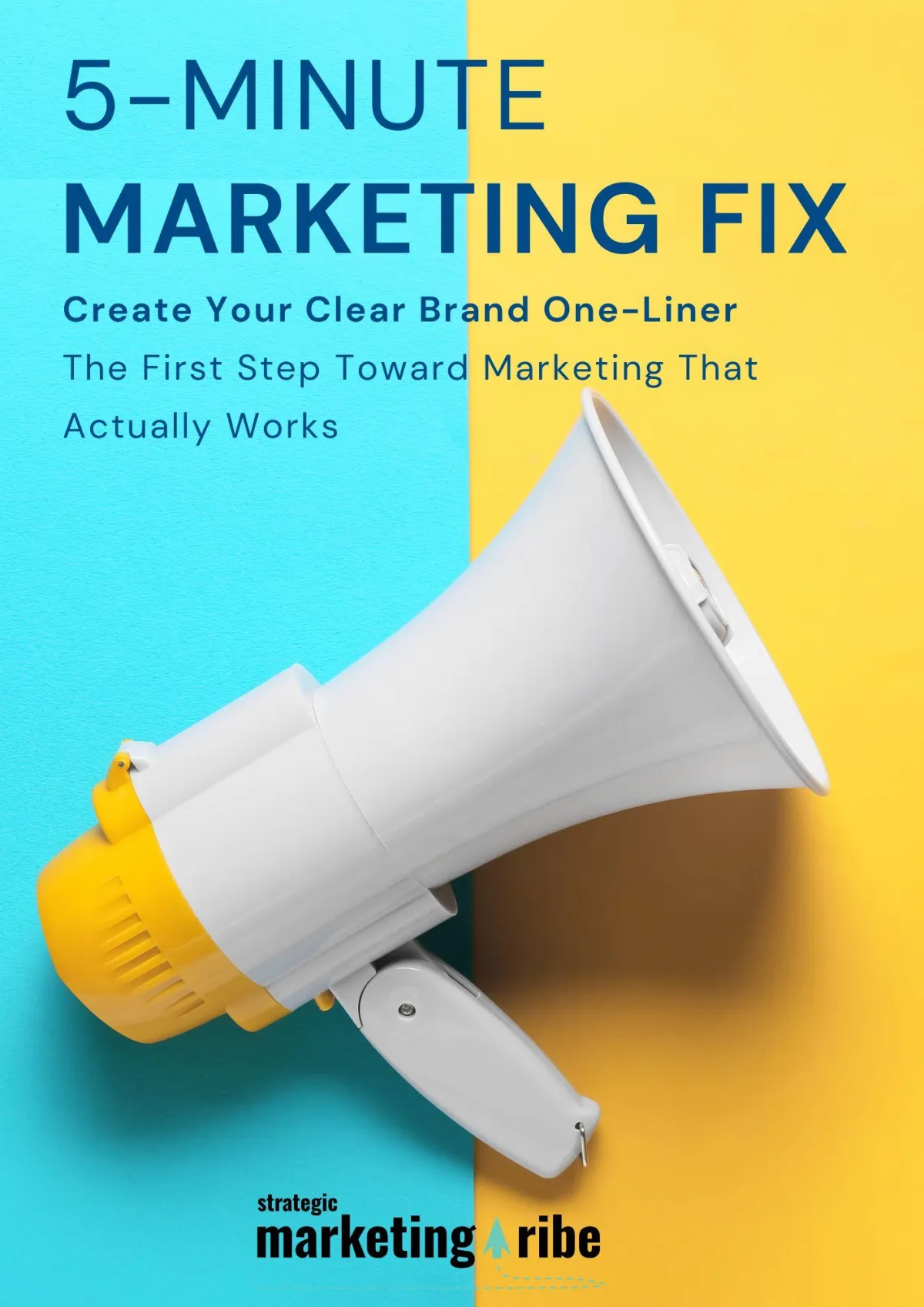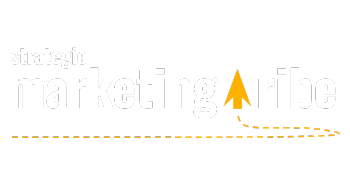STORY, MEET STRATEGY
Let’s make marketing feel less robotic and more real.
Find resources that bring your message—and your business—to life.

Google Ads Policy Shift Lets Bigger Brands Show More Ads—What Small Businesses Must Do Now
By Vicky Sidler | Published 2 May 2025 at 12:00 GMT
Google has quietly tweaked the fine print of its Unfair Advantage advertising policy—and the change could rearrange paid-search real estate faster than you can say, “I bid how much?”
According to the updated policy page (see Google’s official wording here), the long-standing limit on how many ads a single advertiser can show now applies per individual ad location rather than across the entire results page.
Translation: if you have the budget, you could feasibly land the top slot, a sidebar slot, and the bottom slot—all from the same account—as long as each is a separate location.
“This update gives even more reason to diversify your placements as a small-business advertiser,” warns Cliff Sizemore, Senior Growth Marketing Manager at LocaliQ (per WordStream). “If it drives costs too high, smaller advertisers may shift paid-search budgets elsewhere.”
For small businesses running lean campaigns, the policy shift feels a bit like showing up to a bake sale where one neighbor has bought the first five tables.
What exactly changed?
Before April 2025: Google’s policy limited how many ads from the same advertiser or “related entities” could appear anywhere on the page.
After April 2025: the limit is enforced per ad location (top, side, bottom). In practice, a single deep-pocketed advertiser could now occupy multiple real-estate slots on one results page—as long as they are not stacked in the same position.
Google says the update “aligns policy enforcement with evolving auction dynamics.” Critics say it hands larger brands a bigger megaphone.
Why small businesses should care
Higher cost-per-click pressure: more competition for fewer open slots pushes CPCs upward.
Reduced page diversity: your ad-visibility odds drop if a large competitor claims two or three positions.
Greater need for precision: every wasted impression hurts when budgets are tight.
How to stay in the game without mortgaging the cat
As a StoryBrand Guide and Duct Tape Marketing Consultant, my mantra is simple: clarity first, spend second. Here’s the survival kit:
1. Double-down on long-tail and local intent
Large brands chase head terms. Smaller firms can own longer, location-rich phrases (“emergency plumber Dallas 24/7”). Lower volume, higher relevance, happier wallet.
2. Use ad scheduling like a scalpel
Analyze when conversions spike, then bid only in those windows. Don’t pay premium rates just because your competitor leaves the tap running 24/7.
3. Diversify channels (seriously this time)
Balance search with Performance Max, Bing Ads, and cost-effective social placements. Diversification is not a buzzword—it is insurance against auction spikes.
4. Strengthen first-party data
Every email or SMS subscriber you collect is a future sale you do not have to bid on. Use lead magnets, loyalty perks, and post-purchase surveys to grow that list.
5. Track profitability, not vanity metrics
If a keyword no longer hits your target ROAS after the policy change, pause it. Bravery is pruning the roses before they choke the garden.
Adapt or donate clicks
Google’s new rule is unlikely to roll back soon. The businesses that review their keyword mix, refine their ad timing, and broaden their channel spread will keep singing in search—even if the volume knob now costs more to twist.

Created with clarity (and coffee)







